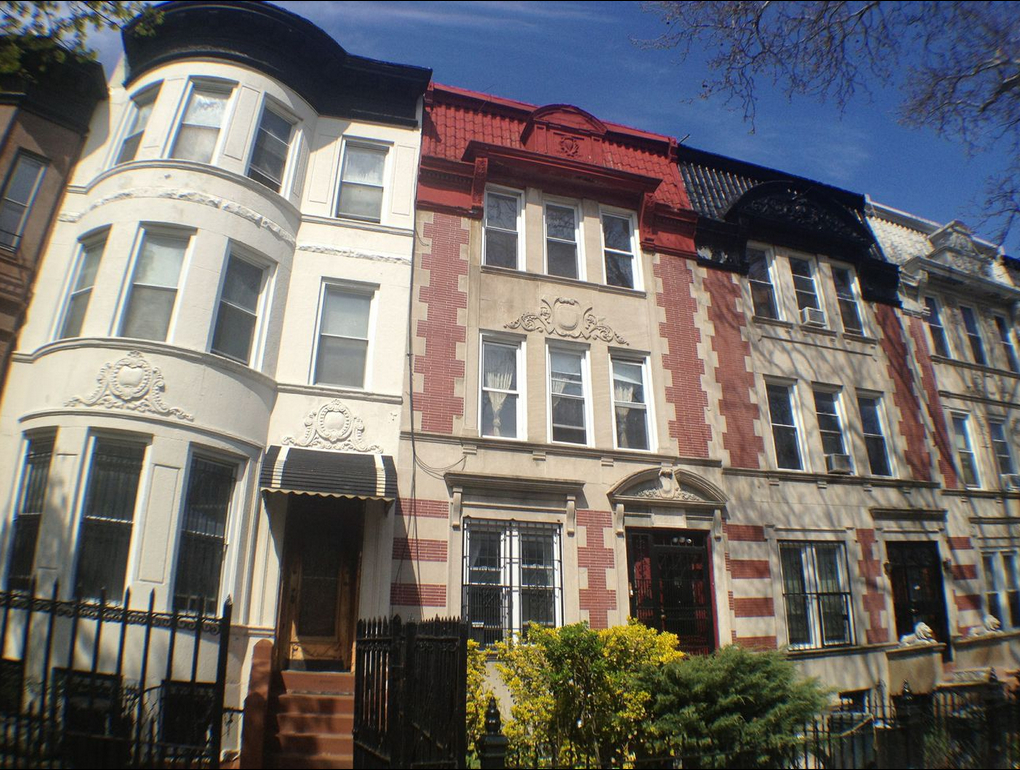OPINION: Gentrification, a holdup of Crown Heights

The first time I had an indirect encounter with a holdup was in 2010. I saw his tall figure standing at the end of the hallway. He had a buzz cut, wore army-green cargo pants and a white graphic T-shirt that was soiled a murky yellow in the armpits and neckline. He bore the weight of his life in a monstrous backpack that ran the length of his torso and stretched past his neck, crowning his head with its dirt-stained presence.
I led him into my office and asked for two forms of ID so I could begin the screening process. He took out a stack of rubber-banded cards from his pocket and pulled out a temporary Medicaid and homeless shelter card. I regretfully informed him that these did not meet the requirement for two valid forms of ID.
“Well then what am I suppose to do I need to get medicated [with methadone] I’m gonna start having withdrawals I haven’t used since yesterday I don’t have more money to buy [heroin],” he frantically said.
